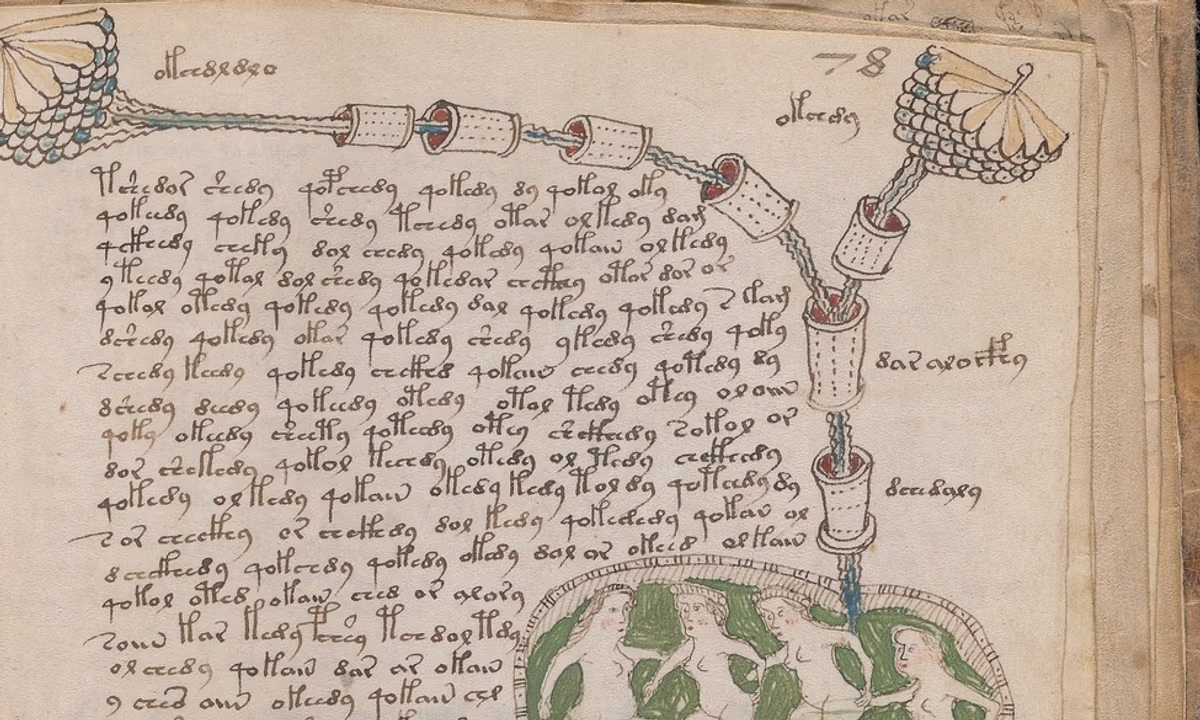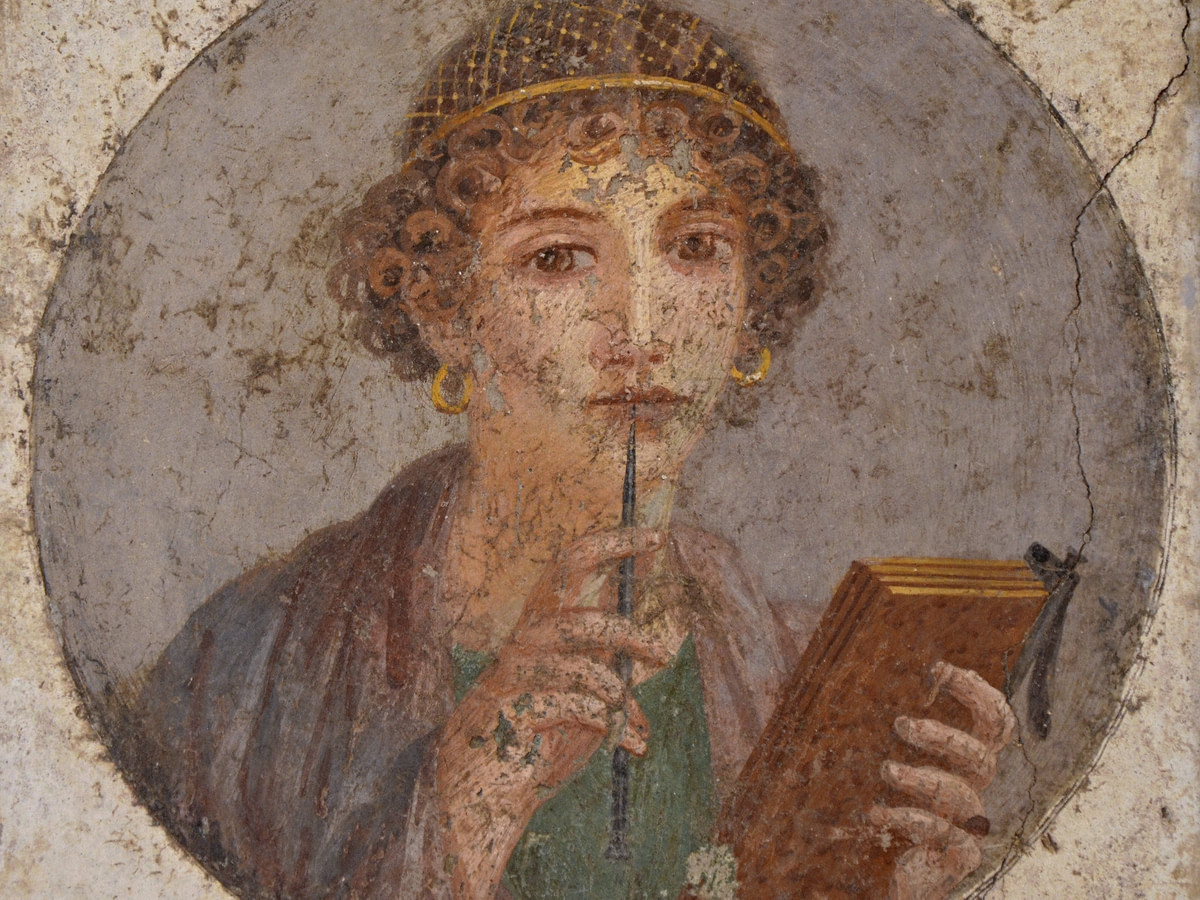The Voynich Manuscript, discovered in 1912 by rare book dealer Wilfrid Voynich, has baffled scholars, cryptographers, and linguists for over a century. This 240-page illustrated codex, believed to date back to the early 15th century, is filled with an undeciphered script and bizarre drawings, including unidentified plants, astronomical diagrams, and naked figures bathing in green pools. Despite numerous attempts, the manuscript’s origins and purpose remain a mystery, fueling theories ranging from it being a pharmacological treatise to an elaborate hoax.
The manuscript’s resilience against decryption efforts has led to various hypotheses. Some scholars suggest it could be a constructed language, while others believe it might be a ciphered text. Advancements in computational analysis have yet to yield definitive results, and the Voynich Manuscript continues to defy classification. Its allure has inspired books, documentaries, and ongoing research, solidifying its status as one of history’s most intriguing unsolved artifacts.
Currently housed at Yale University’s Beinecke Rare Book & Manuscript Library, the Voynich Manuscript remains accessible to researchers and the public alike. Its enigmatic nature continues to captivate the imagination, symbolizing the enduring human fascination with puzzles and the quest for knowledge. As technology evolves, perhaps one day the secrets of this cryptic manuscript will finally be unveiled, shedding light on its true meaning and origin.




